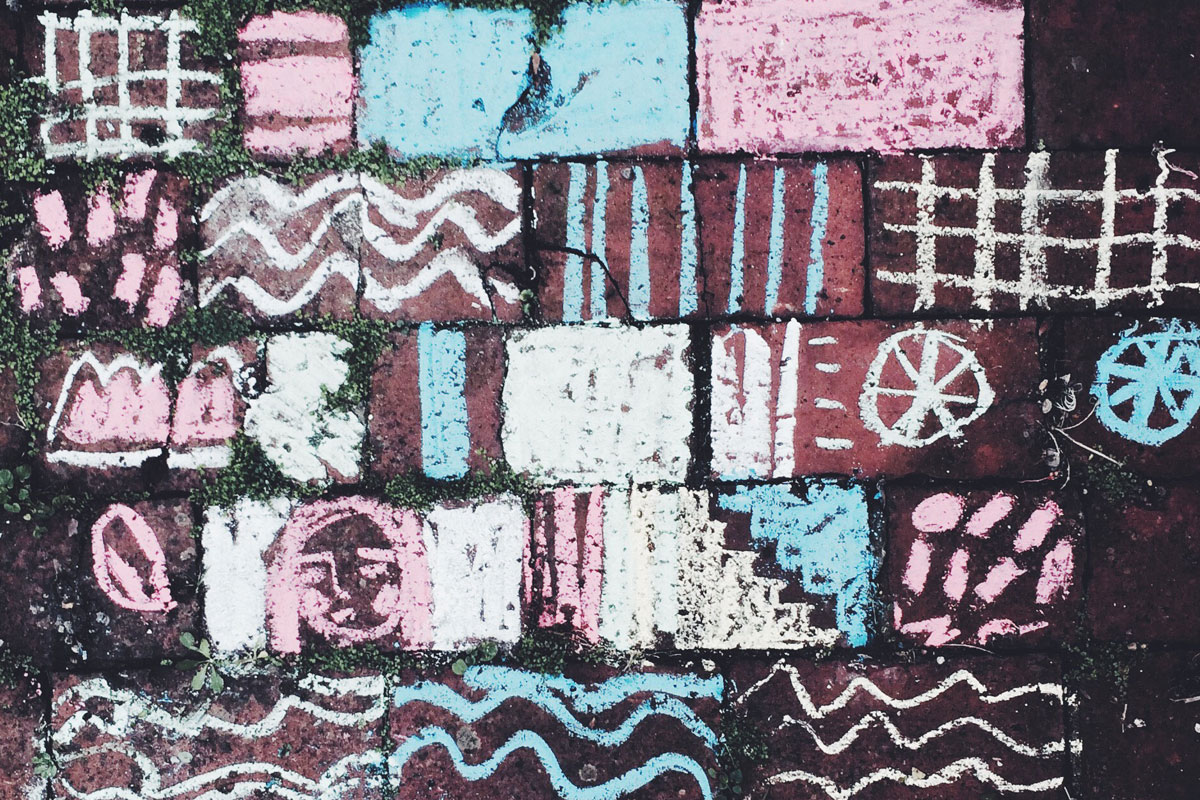
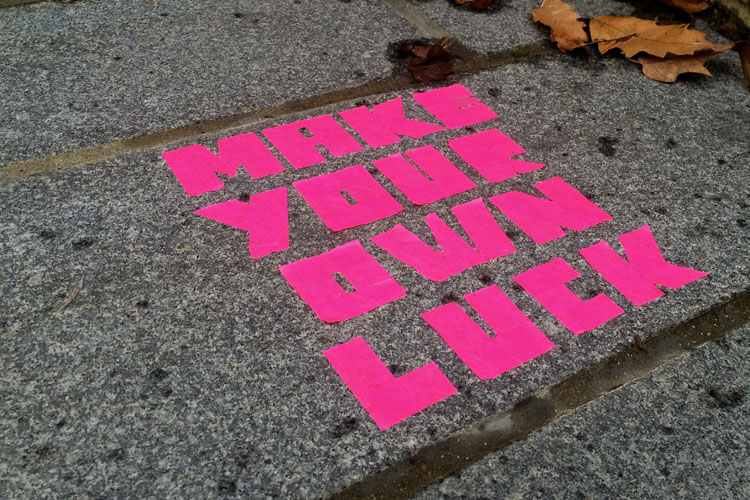
Eminent designer Ken Garland worked with Level 5 Graphics and Illustration students introducing the idea of Dishu, or temporal mark making in the environment. This phenomenon originated in the parks of Bejing and has spread globally.
Many cultures have a history of using the floor as a temporary surface. Dishu often uses just water, meaning it is there for a very short timeframe. The delicacy and contemplative nature of Dishu raises questions about our culture, that has evolved to focus on the subject of permanence. We as a society have grown to value artefacts and objects by longevity. When we think of some of the most revered books and documents that have shaped and formed our culture, rules and constitutions they are related to date, their lasting testament being part of the very fabric of our societies.
The recent rise of Dishu began in the 1990s in a north Bejing park and subsequently has spread to many Chinese cities. It is the art of writing, the physicality and interactive nature of the typography that is of importance. Dishu is an accepted and socially engaging street art. The nature of Dishu does not just explore the temporary nature of calligraphy, the practice correlates to a research of self-accomplishment and improvement.
The temporal nature of this street calligraphy is something that we as a Western society are unused to and the process of the non-abrasive, temporary and beautiful mark-making, questions the Western perceptions and form of street art.
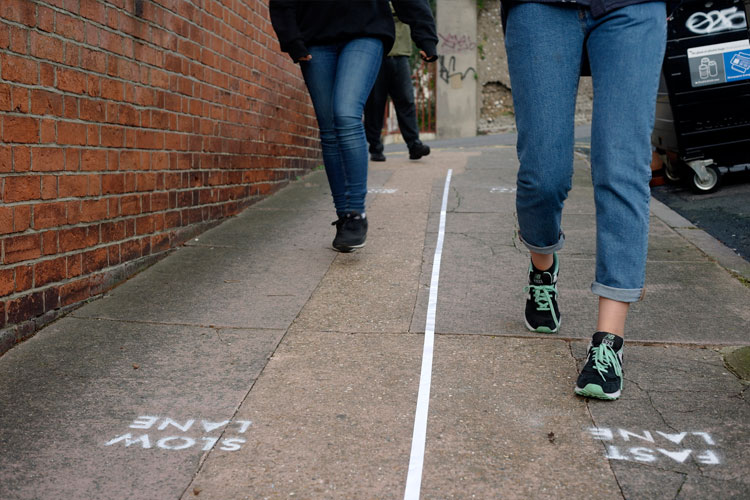
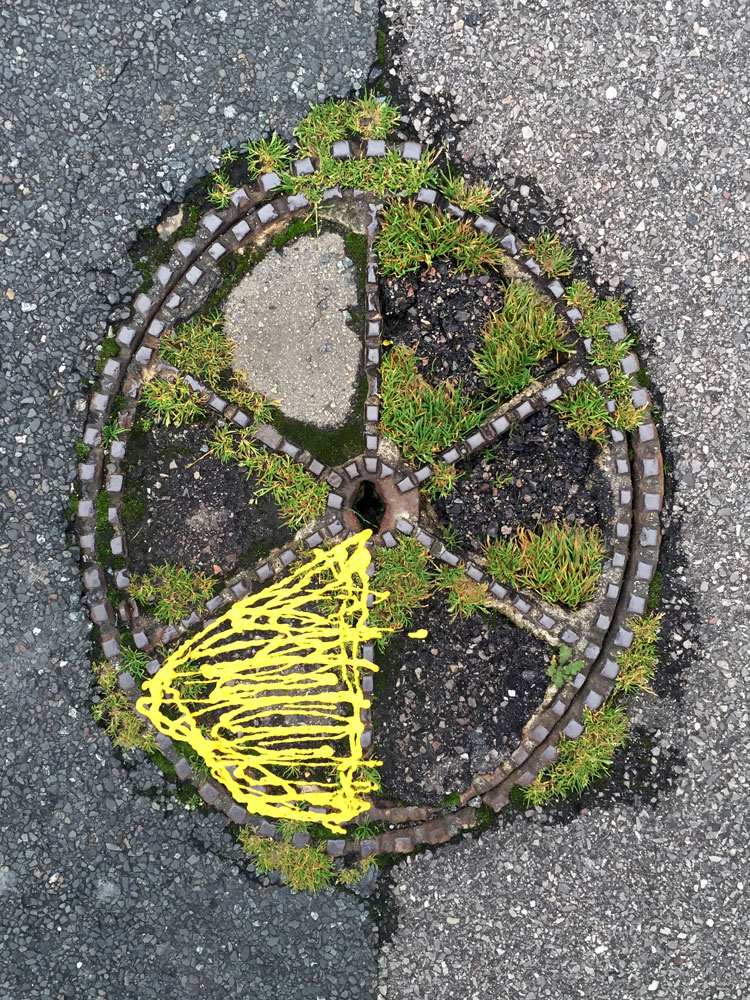
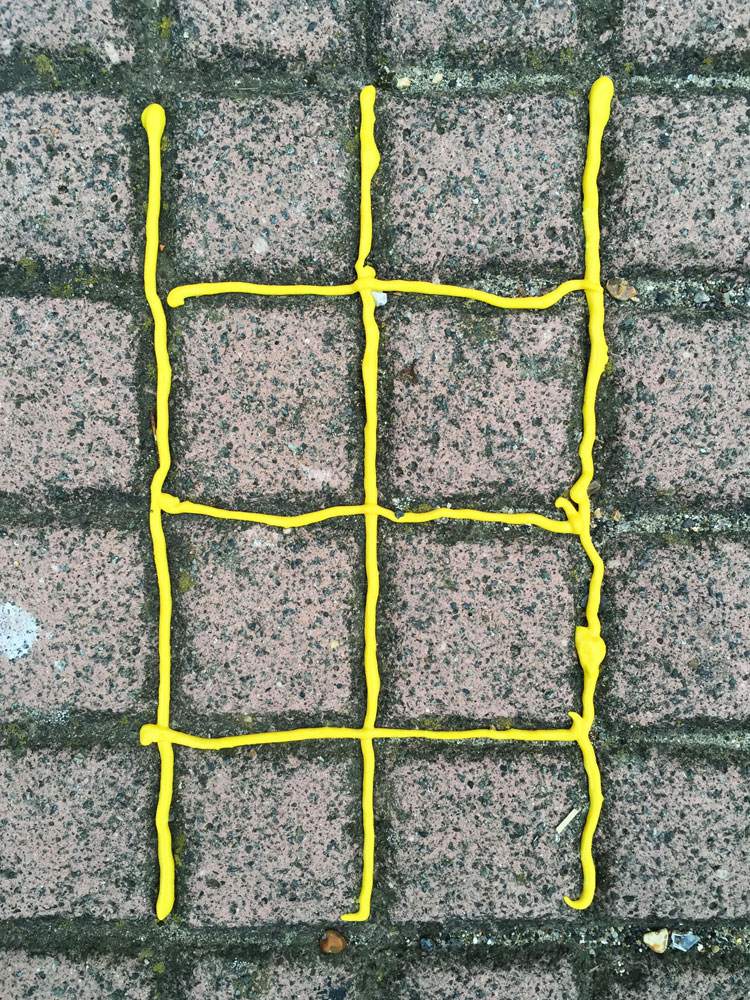
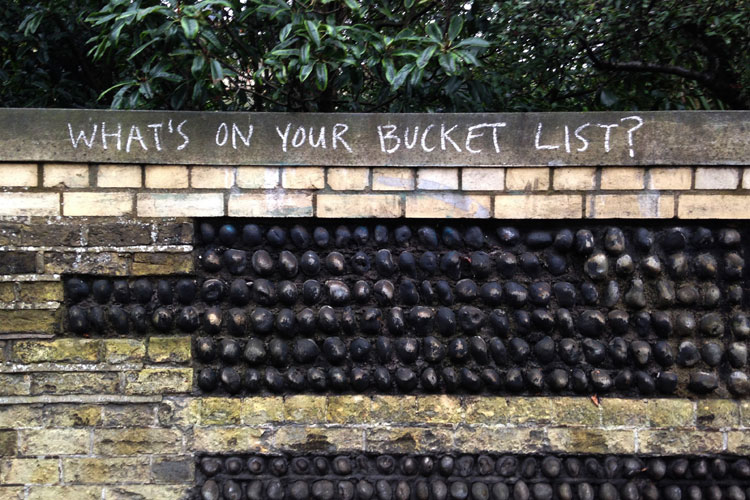
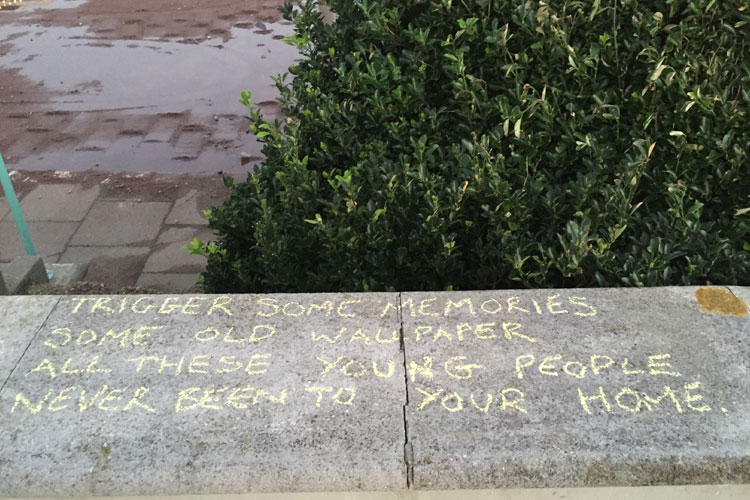
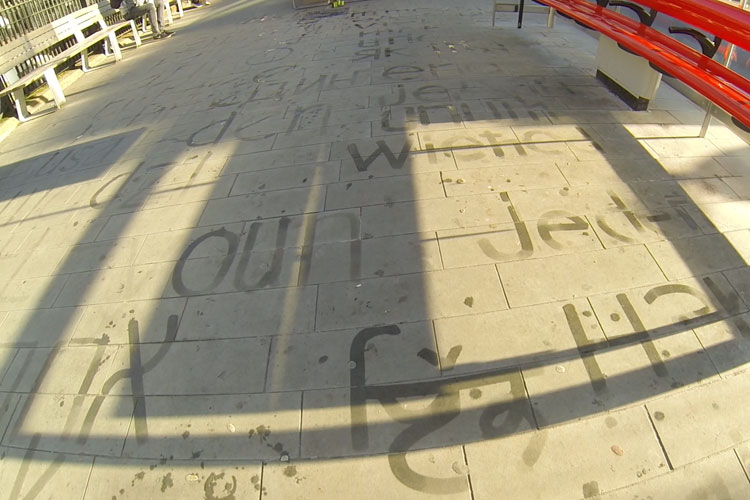
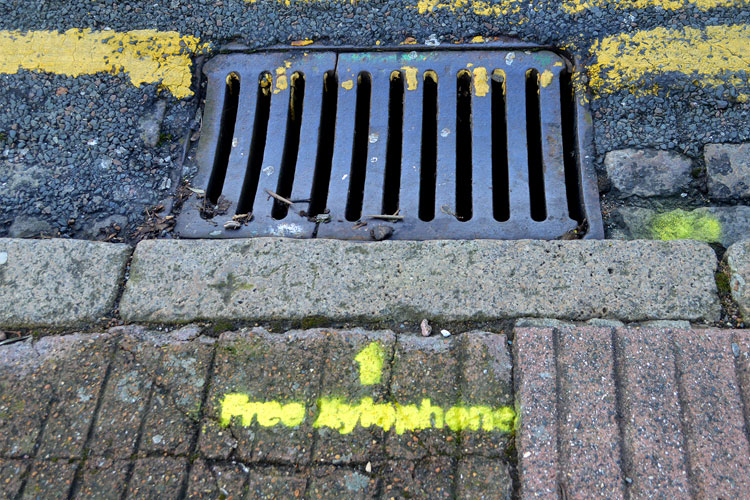
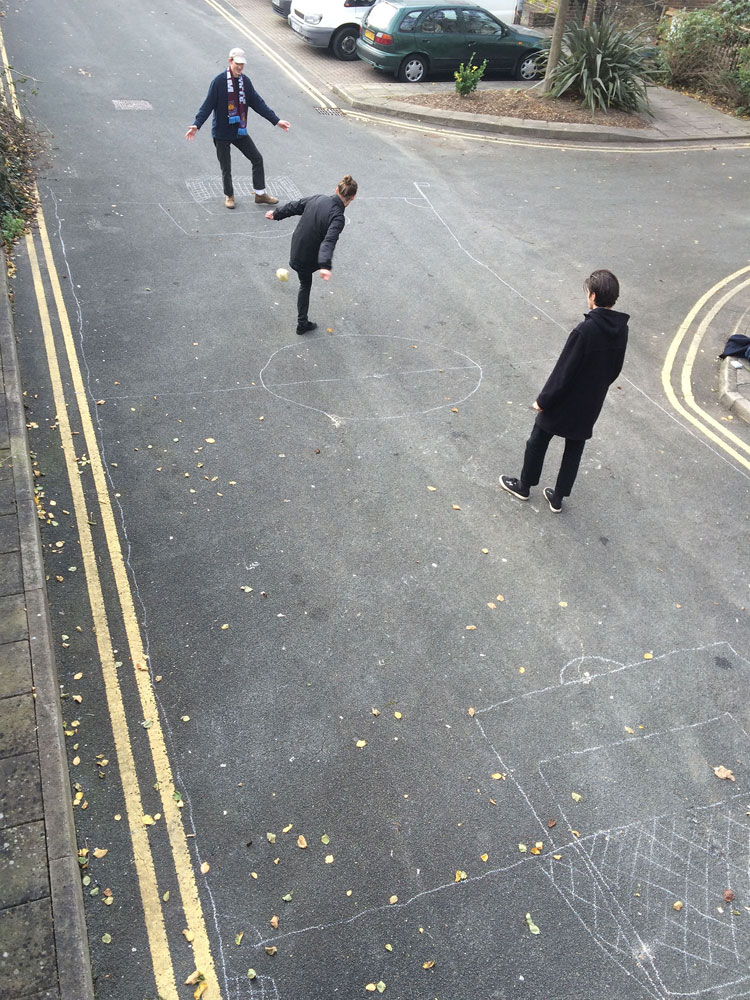
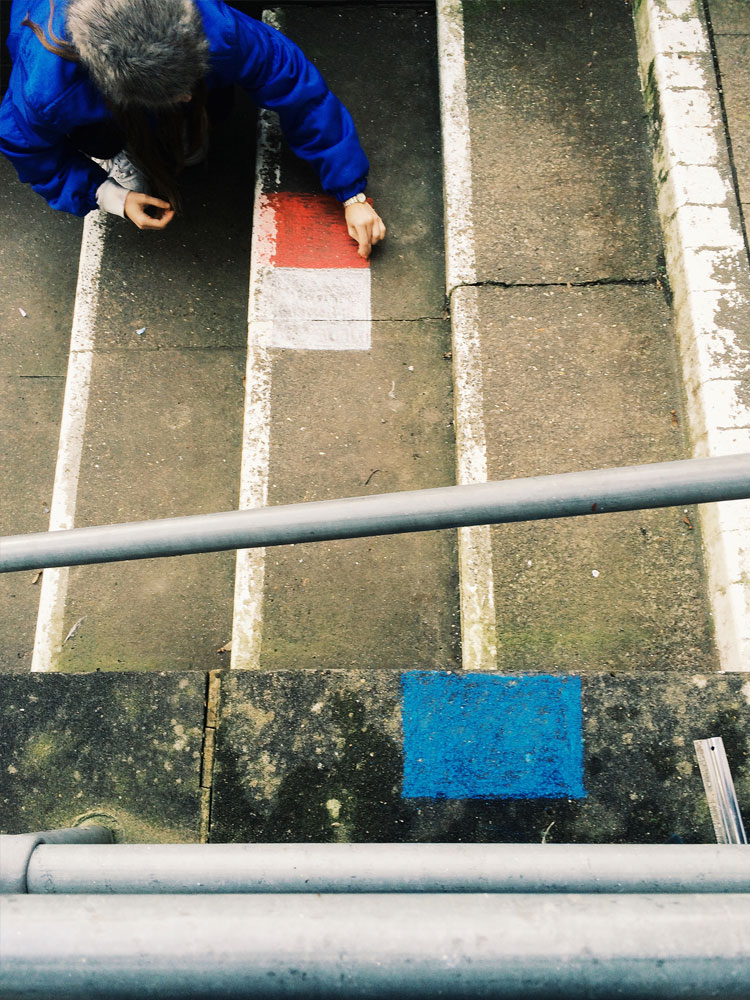
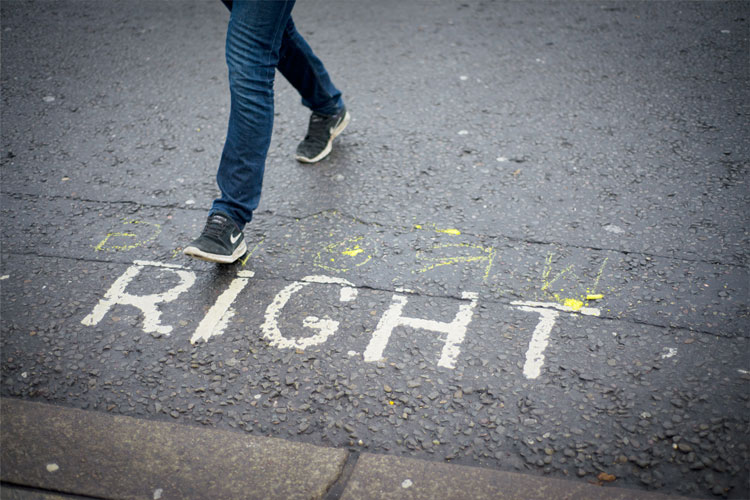

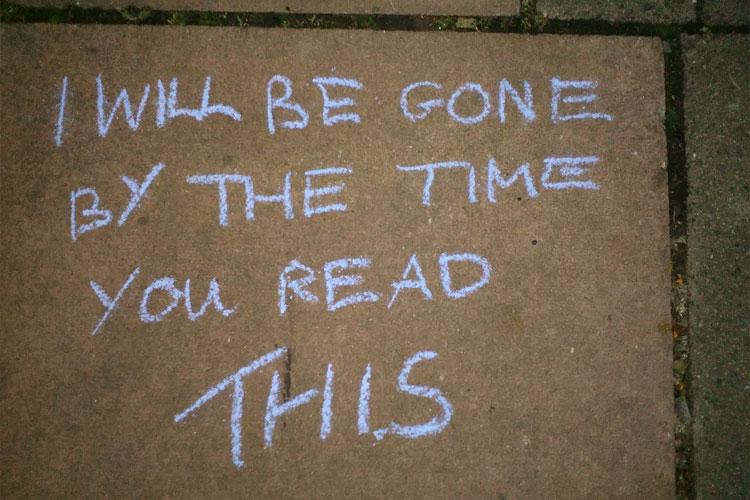
For more information contact Gavin Ambrose on 07769 563377 or gavin@studio245.co.uk